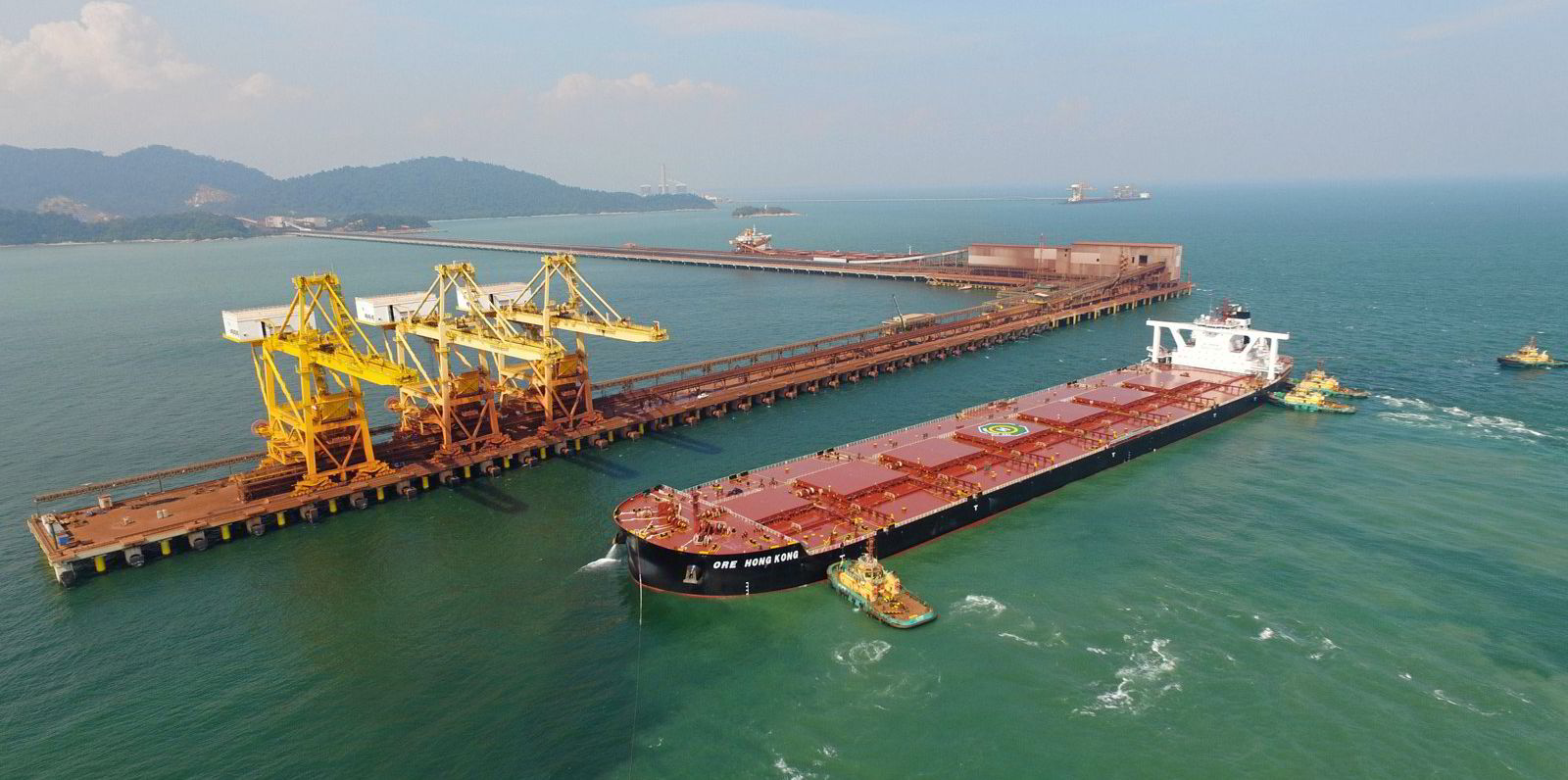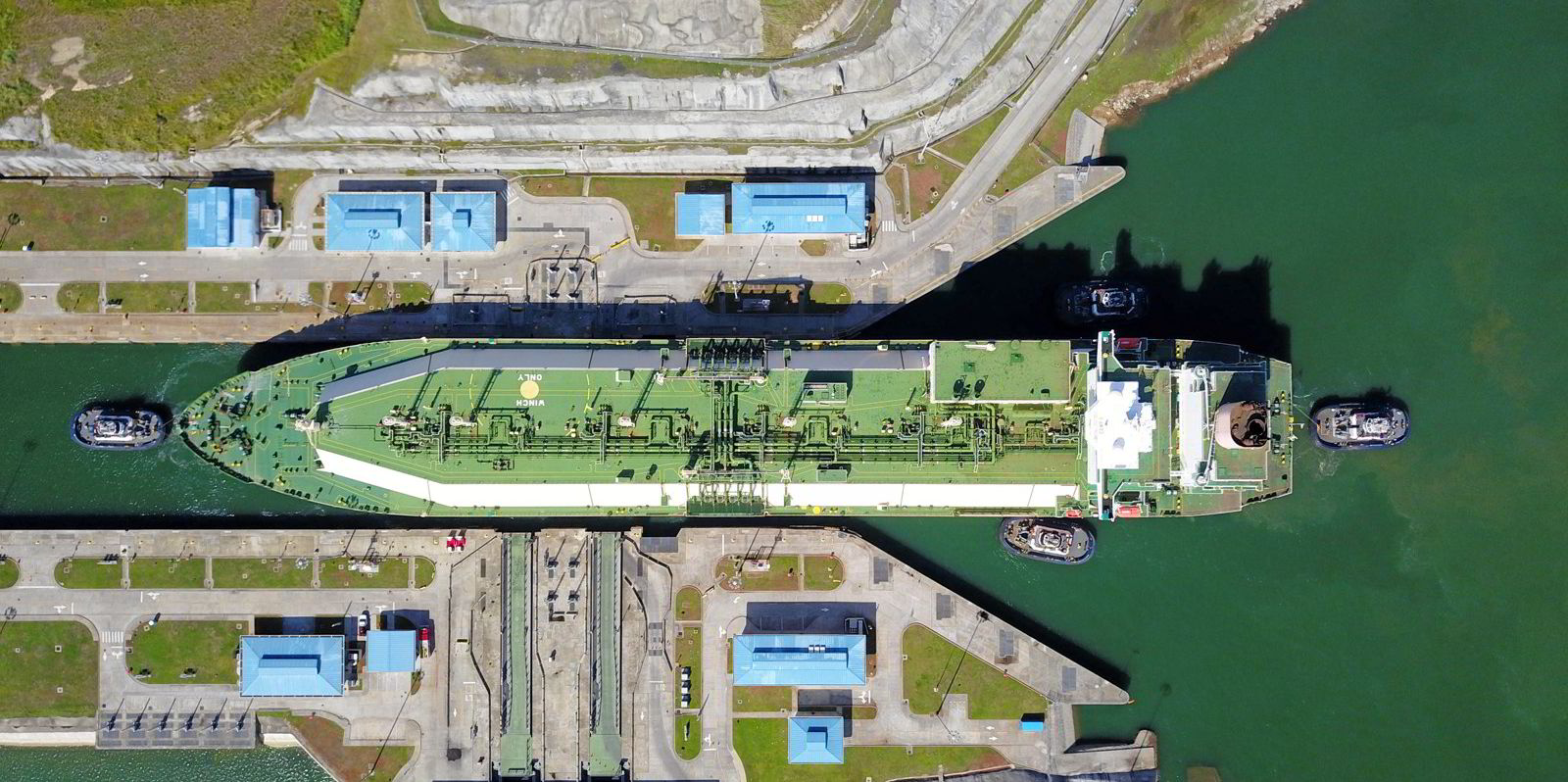The futures market for large bulk carriers moved significantly higher on Monday, buoyed by a strong sense of optimism. Just don’t ask for specific reasons.
The physical spot market for capesizes and panamaxes continued its sluggish growth in the absence of any significant upswing in fixing activity or radical change in supply-demand fundamentals.
But forward freight agreement (FFA) traders were feeling optimistic on Monday and the buying began in earnest.
Market sources attributed the boost to a confluence of factors such as tonnage tied up in congestion at the Panama Canal, China stimulus measures, an upturn Chinese economic activity and, in the iron ore market, congestion in east coast South America and bad weather delays.
“In the FFA market, you don’t have to know what’s true, just that some people will think something it true to move the market,” one trader philosophised.
The October 5TC contract for capesizes settled $1,667 higher on Monday at about $15,900 per day. Capesize paper for November also closed $1,110 higher than Friday at nearly $16,600 per day.
The sudden shot of optimism has helped the fourth-quarter capesize contract settle at just under $16,000 per day, which is $1,235 more than on Friday.
It was a similar story for panamax derivatives but the gains were not as dramatic. All contracts settled higher than Friday but by less than $1,000. Paper for October showed the biggest gain, printing $879 higher and settling at just over $15,300 per day.
But movements in the physical market on Monday only underlined that the big shifts are confined to the derivatives market for now. Paltry adjustments were made to spot-rate assessments on Monday.
The 5TC average of spot rates across five key routes was assessed $326 higher on Monday at $8,887 per day. The assessment reached its lowest point in six months on Friday.
The basket assessment for panamax spot rates across five benchmark routes advanced by just $5 and was estimated at $13,305 per day on Monday.
Fixing activity for both capesize and panamax has been slow over the past few trading days, especially with the presidential polling day in Singapore on Friday and national holiday in the US on Monday.
This changed slightly on Monday. Two capesizes were reported fixed for iron ore voyages on the C5 route from Australia to China. Both fetched $7.90 per tonne, which is 30 cents more than ships booked at the end of last week. Miner BHP took one vessel and Rio Tinto took the other.
“The Pacific market has witnessed a lively beginning to the week, with active participation from all three major players,” the Baltic Exchange said in its daily market report on Monday.
“Notably, two of the majors have been seeking earlier dates, resulting in a positive response within the C5 market.
“In the Atlantic market, there has been relatively limited discussions and activity thus far.”
For panamaxes, the north Pacific market is the only bright spot but there is a sense that things are about to get better.
“The Atlantic once more remained largely underwhelming, especially in the North but talk of a healthy-looking South America cargo book assisted the confident opening,” the Baltic said in its Monday report.
“Asia too began on a firmer footing with sentiment still riding high, largely due to a better looking NoPac programme with better numbers fixed and being negotiated but with limited trade elsewhere.
“Sources said it remained too early to predict the immediate market forecast, but fundamentals looked rosier on the surface.”
One glimmer of hope for capesize and panamax demand has been economic stimulus measures in China and support for the country’s real-estate sector, which have helped firm iron ore prices over the past few trading days.
But though futures had a little more pep in its step on Monday, data shows just what a disappointing year 2023 has been to date for capesizes.
2022 and 2023 have been the seasonally weakest capesize and panamax freight price spreads seen in the last decade, according to data compiled by freight-market tech firm Zuma Labs, which launched its new “time machine” module for Braemarscreen on Monday.
On average so far this year, capesize spot rates have traded at a $3,043-per-day discount to panamax rates, according to the Zuma data.
In contrast, during 2021 — a banner year for bulk markets — capesize freight rates traded $17,565 per day higher than panamaxes.




